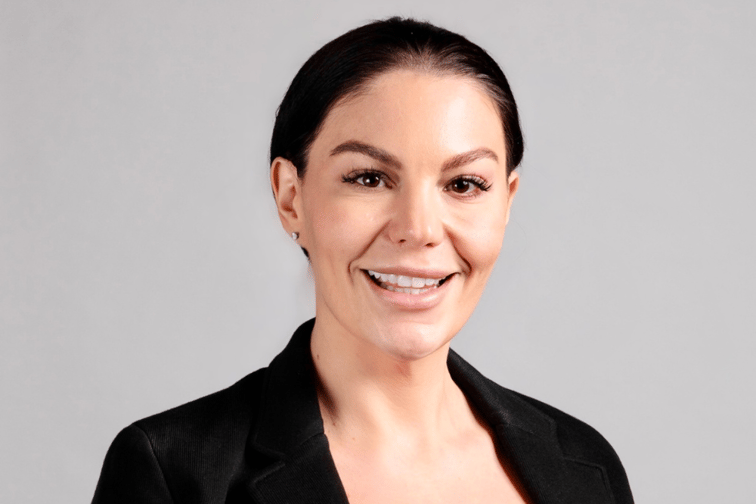

NAB has announced it will soon refresh its standard exception process on like-for-like refinancing to “help support eligible customers” when switching lenders.
The move follows other major lenders reducing the serviceability buffer for selected customers with only ANZ having not announced a change, at the time of writing.
“With refinancing high on the agenda for many homeowners, we will be refreshing our existing approach to support eligible refinance customers switching to NAB, who are considered a good credit risk but may not fully meet standard lending criteria, including serviceability buffers,” a NAB spokesperson said.
The spokesperson said the bank’s approach is “case-by-case” and considers the customer’s individual circumstances provided the customer meets certain conditions.
These include that the customer has a principal and interest loan; over 20% equity in their home; and is looking to refinance the same amount and cover any bank-related fees up to 1% of the loan value.
NAB also said it will require the loan for the same term, or the loan term can be extended where appropriate and the customer has a good repayment history on their current loan.
The bank said the changes will take place from July 21.
Bianca Patterson (pictured above), director of WA-based brokerage Calculated Lending, welcomed the news and said it was a relief to see “common sense prevail”.
“We are always trying to get the best outcome for our clients, however often our hands are tied when a customer no longer qualifies for their loan, despite having no changes in their circumstances, and being able to prove they have been maintaining all of their commitments,” Patterson said.
“In these cases, we can see that refinancing would save them significant interest and reduce their monthly repayment amount, however because of the APRA-imposed 3% buffer, we have no choice but to leave them in a worse position, despite being governed by a separate law to act in their best interest.”
The Australian Prudential Regulation Authority’s contentious serviceability buffer has come under intense scrutiny in recent months.
Designed as a safeguard to prevent homebuyers from excessive borrowing by assessing loans at a rate 3% higher than the market rate, the buffer has left borrowers in ‘mortgage prison’ unable to switch to a more affordable option as interest rates increased.
Patterson said her brokerage has experienced this first-hand, having been referred several clients who have matured off a fixed rate on to a lenders standard variable rate, which is at least 1% - 2% out of market.
“In some of these cases, we have not been able to negotiate better terms for them with their existing lender and have not been able to refinance them to a new lender due to them ‘not qualifying’ for the loan they have been paying on time for a number of years,” Patterson said.
While APRA has held firm, many in the industry have called for a review of the buffer with many lenders turning to loan serviceability exemptions to accommodate borrowers unable to finance.
Patterson said that while in principle she agreed with a buffer being in place as it’s a new commitment that needs to be stress tested, the 3% buffer “is clearly not the correct number all of the time” and it’s “dangerous” to have it fixed in different economic environments.
“I feel the percentage amount should have been increased during COVID, perhaps to a 4% - 5% buffer, which would have kept servicing tested at around 7% which is a reasonable rate to expect to see in a 30-year loan term. Now that rates are around 6%, a 3% buffer is likely too high and is restricting the flow of money,” Patterson said.
“A higher servicing buffer during COVID could have circumvented the problems we are seeing now, where borrowers qualified for their loans with the buffered total of 5%, however are now paying 6% plus and are struggling to meet commitments alongside the rising cost-of-living.”
Patterson said she believes refinancing existing money dollar-for-dollar should be considered at a different buffered amount, much closer to actual rates.
“If a customer can prove they have been affording all of their commitments at a higher rate than the proposed one for a reasonable period of time, why should they be denied the opportunity to move to a lender offering a more competitive rate,” she said
What do you think of the serviceability buffer? Comment below.
